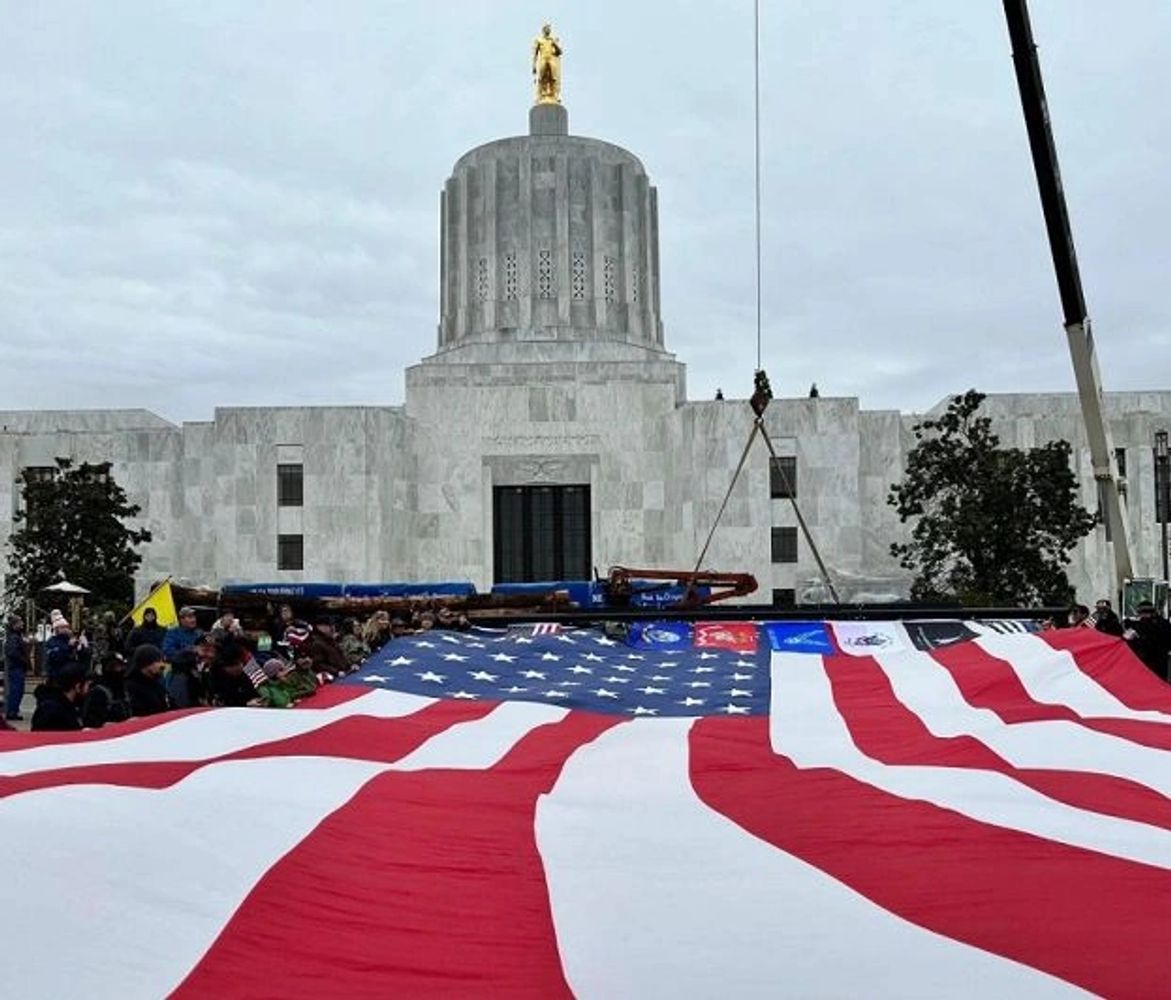Oregon Natural Resource Industries Stand Against the ODF 2023 HCP
Protecting Oregon's Natural Resource Industries

Oregon Natural Resource Industries Stand Against the ODF 2023 HCP


This 70 year mistake follows the same unmanaged forest policy as the federal government. 86% of forest fires in Oregon are on federal timberland. We DO NOT want to manage our forests like the Fed’s do. We need to learn from their mistakes and use proper stewardship of our forests.

Offshore Wind Turbines covering 200,000 acres just of the shoreline of Brookings and Coos Bay that stand 1,171‘ above the water (2X’s as tall as the Statue of Liberty), will impact marine ecosystems, the ocean currents and fish migration, mammals, birds, and holes will be drilled into the Cascadia fault that we live on. Our fishing fleet, seafood processors, Tribes, coastal residents and elected officials do not want the federal government’s wind farms off our shore.

Hydro electric dams provide Green Energy. We support their existance and believe that removing these dams will create significant issues and will be deterimental to Oregon.

This website is owned and managed by Oregon Natural Resource Industries.
Oregon Natural Resource Industries top priority issues and event updates are published here.
Sign up to learn more about events and receive important updates.
We love questions, and will return your email as soon as possible.
Copyright © 2024 Oregon Stronger Together - All Rights Reserved.
Marketed by ACTNowRetentionServices